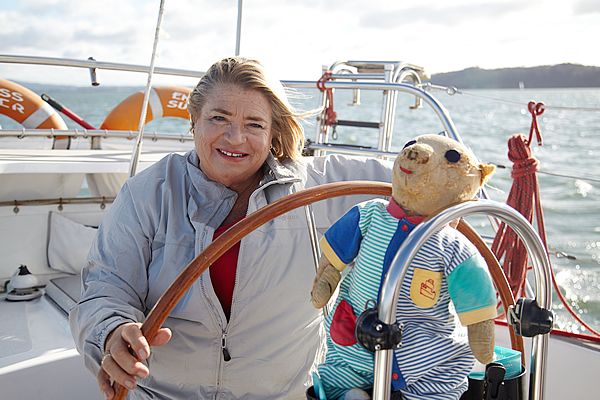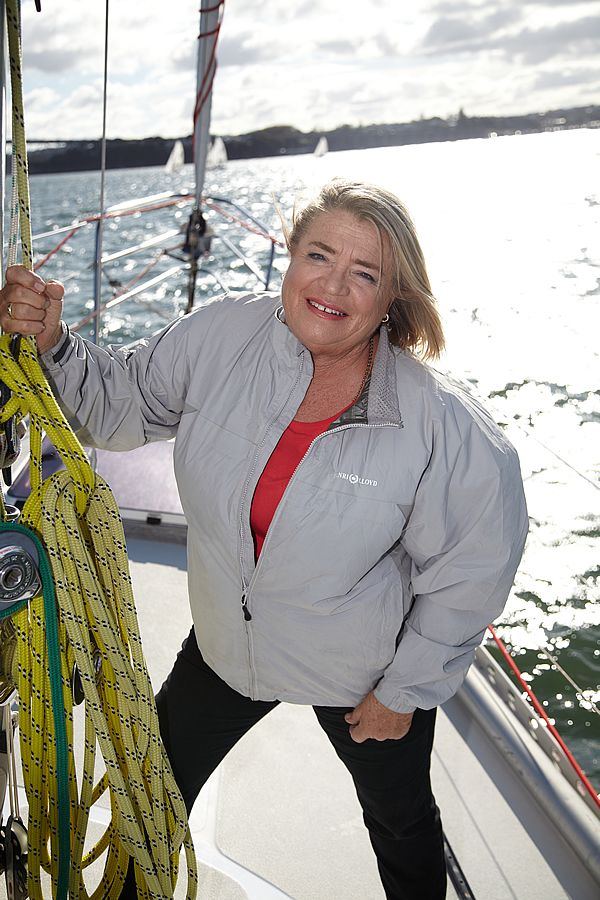Sailing Info
How to Dress Like a Sailor
Sailing will be much more enjoyable if you’re dressed properly and prepared for changing weather conditions. A few things you should wear and/or bring with you out on the water include:
- cap or visor hat - with strap so it doesn’t blow off
- track pants or comfortable long shorts
- fleece top if it’s cool, or other quick drying top
- cotton short and long sleeved tops are good, particularly if layered – it’s usually cooler out on the boat than in the marina and you need to cover up from the sun which can be stronger out on the water
- several thin layers are better than one heavy woollen layer – the more wind there is, the better the sailing so be prepared for it to be a bit cooler out on the water than on land
- gloves and a beanie hat for warmth are handy to have in your bag
- synthetic leather sailing gloves are great if you’re going to go out sailing often
- white or light coloured soled shoes – it’s best to change from your street shoes before you get on board a yacht. (sails and decks are usually white or light coloured, and sails are hard to clean if they have been on a dirty deck). Deck grips
- sunscreen is an absolute must, and apply liberally and often – in the cool wind out on the water you may not feel the heat of the sun, but trust us, you’ll feel it later if you aren’t properly prepared for the New Zealand sun
- lip balm with a strong sun protection factor (SPF) helps prevent wind burn on the lips

What not to wear:
- jeans can be too restrictive and do not dry quickly
- bare feet are usually a no-no on keel yachts – you need shoes as you’ll be doing a fair bit of moving around on deck
- never wear black soled shoes on a deck as they mark the deck and in turn dirty the sails – best to change from your street shoes to deck shoes once you get to the marina
How to Talk like a Sailor
The Penny Whiting Sailing School students often told us that the hardest part is learning the lingo. The list below covers a few terms for your interest. When used aboard practically they will make more sense.

| Aft: | The back of the boat; also called the stern. |
| Beam: | Middle or the widest part of the yacht. |
| Boom: | It hangs above the cockpit and behind the mast horizontally. |
| Bow: | The front or pointy end of the yacht (to remember, think of it this way – you bow to the front). |
| Cabin: | The area down below the deck. It’s always referred to as ‘down below’, never ‘downstairs’. |
| Cleat: | Plastic with teeth or metal shapes like anvils, used to secure sheets, halyards or lines (all ropes). |
| Cockpit: | The area you work the sails while sailing. A good place to sit. |
| Deck: | Anywhere you can walk around above the interior of the yacht. |
| Forestay: | Wire at the front of the boat used to support the mast. |
| Genoa: | An overlapping headsail, bigger than a jib. |
| Halyard: | A rope or wire that hoists a sail. |
| Head: | Toilet of a yacht. |
| Headsail: | A sail attached to the forestay that is part of the rigging holding up the mast. |
| Heel: | When the yacht leans over while sailing USUALLY with the wind forward of the beam. |
| Helm: | Where the skipper steers the yacht; the steering station. |
| Hull: | The whole structure of the boat that sits in the water. |
| Jib: | A smaller size sail. |
| Keel: | Heavy deep fin structure under the hull to hold the yacht upright. |
| Mainsail: | The sail that attaches to mast. |
| Mast: | Vertical pole held up by rigging; also called the stick or spar. |
| Port: | The left side of the yacht, when facing the bow or front. |
| Rigging: | Wires that hold up the mast to keep it stiff and stable. |
| Sheet: | A rope or line that controls a sail. |
| Skipper: | The captain of the yacht; the person who steers the boat. |
| Starboard: | The right side of the yacht, when facing the bow or front. |
| Stay: | Wires for steadying a mast. |
| Stern: | The back of the boat; also called aft. |
| Tack: | Has two meanings: i) to change direction by passing through or across the wind; and ii) the bottom forward corner of a sail. |
| Winch: | Cylindrical metal drum to wind sails in. They always turn clockwise. |
Inspiring Speaker
Penny Whiting was award an MBE in 1993 for her Services to Sailing, she has worked as a councillor for Auckland City, authored many books and is Chair of the Auckland Zoo Charitable Trust, as well as many other achievements. Book Penny for an engaging and entertaining speaker.